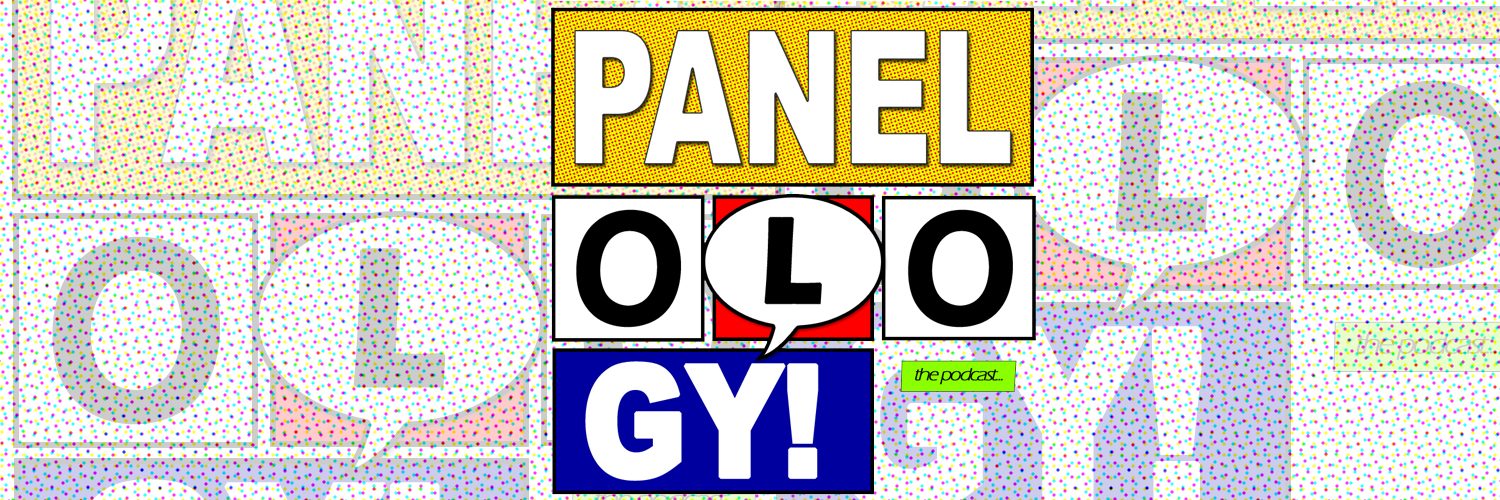All good things must come to an end. Even when you don’t want them to end. Much like I didn’t want The Life After to end. But it did. And it was good.
Jude is in a region of purgatory for people who committed suicide. One day, he realizes this. And that he has the ability to free people from purgatory. This does not go over well with his bureaucratic captors. So he befriends Ernest Hemingway and they escape together.
Yes, that paragraph took a turn. And yes, that does mean that Fialkov’s story is more upbeat (and often funnier) than a book about a guy in purgatory for suicide seems like it should be. It’s about hope, in a lot of ways—finding it where you can, and taking it where you can find it. Even among regret and remorse and loss.
Gabo’s art defines The Life After’s tone. Keeping the book feeling hopeful and fun is a major part of what makes it succeed without feeling grim or hopeless. Cartoony figures, inventive designs, and rich colors all make that happen.
The Life After is one of my favorite comics; it’s first volume is the only trade I have ever read and then immediately re-read. Its last remains solid and optimistic, even when the outside world does not engender optimism. I can not recommend it highly enough. If you read it, one word of advice: read God’s dialogue in Bradley Whitford’s voice.
Collected in
- The Life After, Vol. 4 (Exodus: The Life After #6-10)
Credits
Writer: Joshua Hale Fialkov | Artist: Gabo | Letterer: Crank! | Color Assists: Ashley Erickson | Designer: Keith Wood | Editor: Ari Yarwood

